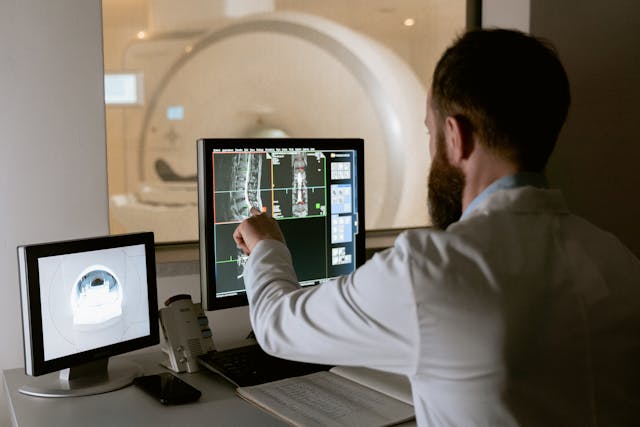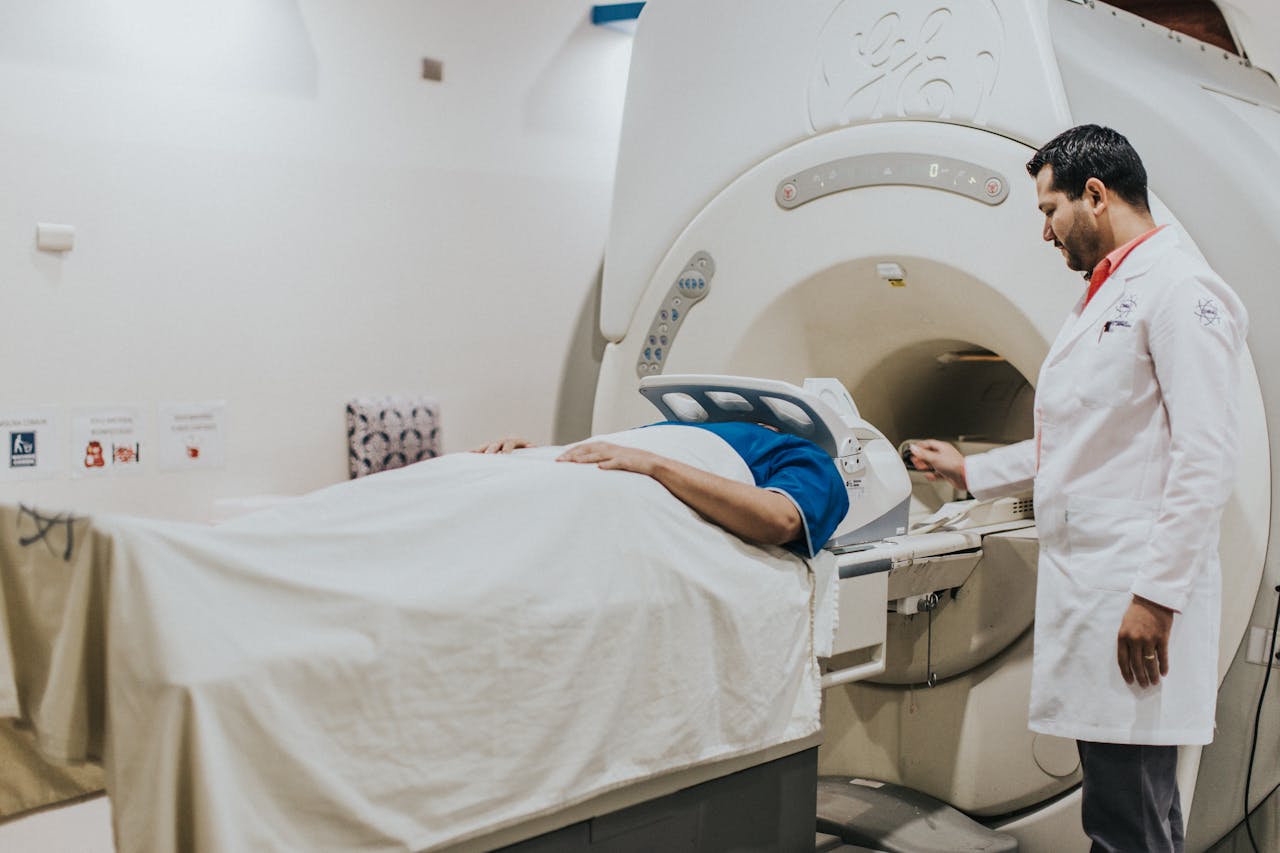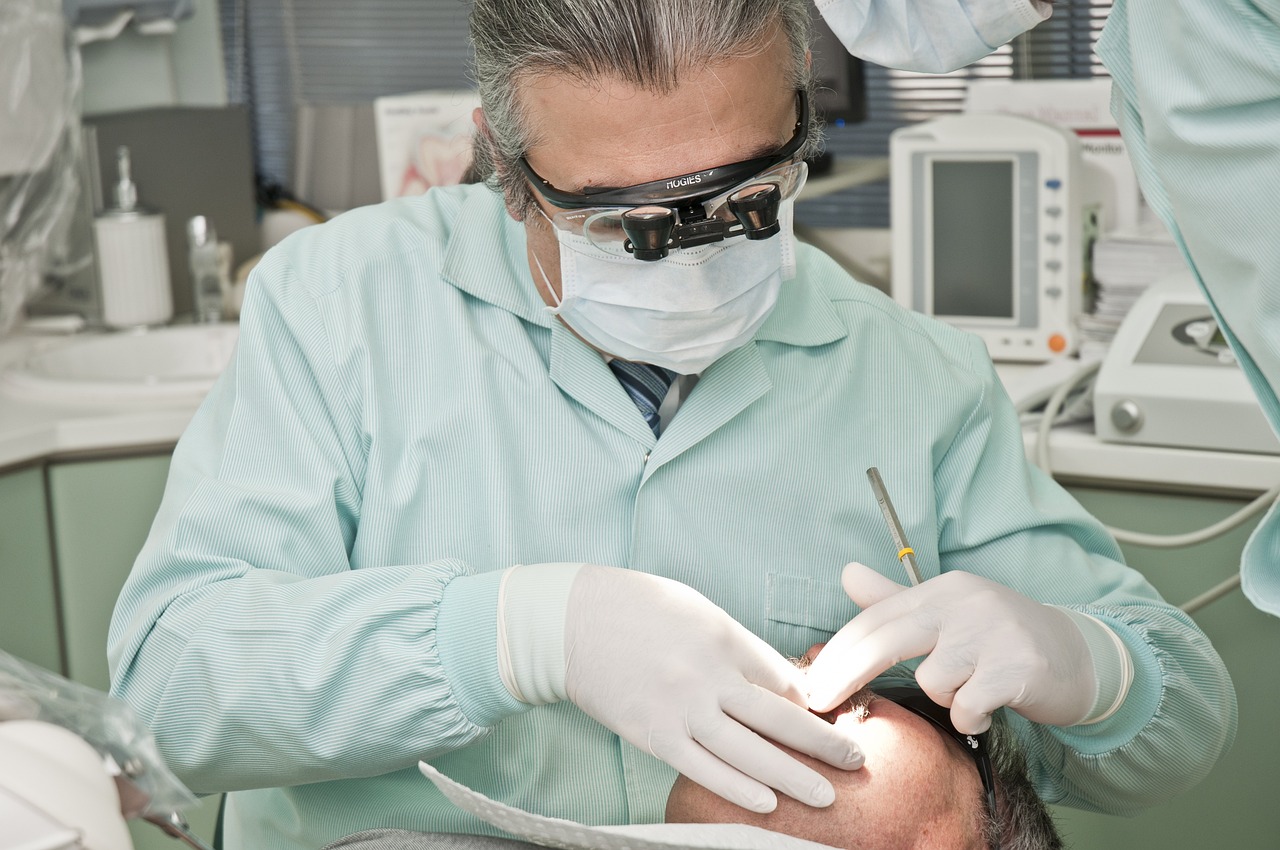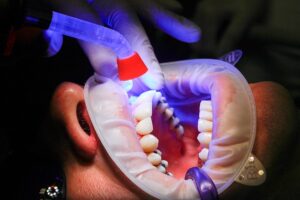Enhancing Precision Medicine: How Spinal MRI Revolutionizes HealthcareEnhancing Precision Medicine: How Spinal MRI Revolutionizes Healthcare
Welcome to the future of healthcare, where precision medicine is transforming the way we diagnose and treat spinal conditions. Imagine a world where personalized treatment plans are tailored to your unique needs, disease progression is closely monitored with pinpoint accuracy, and minimally invasive procedures offer faster recovery times. In this blog post, we will explore how spinal MRI technology is revolutionizing healthcare by enhancing precision medicine in ways never thought possible before. Let’s dive in.
Accurate Diagnosis
Accurate diagnosis is the cornerstone of effective healthcare, especially when it comes to spinal conditions. With advanced spinal MRI technology, healthcare providers can obtain detailed images of the spine and surrounding tissues. Explore the specialized spine MRI services provided by Biomed Scan to understand the root causes of back pain. This is because there have been many cases where a patient’s spinal condition was misdiagnosed due to the use of outdated imaging techniques, leading to ineffective treatment plans and prolonged suffering.

Personalized Treatment Plans
When it comes to healthcare, one size does not fit all. Personalized treatment plans are at the forefront of revolutionizing healthcare by tailoring medical interventions to each individual’s unique needs. By analyzing spinal MRI results, doctors can create customized treatment strategies that consider a patient’s specific condition, preferences, and lifestyle. These personalized plans take into account factors such as the severity of spinal issues, underlying causes of pain or discomfort, and any existing health conditions. This targeted approach helps optimize treatment outcomes and improve patient satisfaction. Through advanced imaging techniques like spinal MRI, healthcare providers can identify the most effective interventions for each patient. Whether it involves physical therapy, medication management, or surgical procedures – personalized treatment plans aim to deliver the best possible care while minimizing risks and side effects.
Monitoring Disease Progression
Monitoring disease progression is crucial in precision medicine. Spinal MRI plays a vital role in tracking how a condition evolves, providing valuable insights for healthcare providers. By regularly conducting spinal MRIs, doctors can observe any changes in the spine’s structure or tissues, allowing them to adjust treatment plans accordingly. This proactive approach helps ensure that patients receive the most effective care tailored to their specific needs. Additionally, spinal MRI enables healthcare professionals to detect early signs of disease advancement before symptoms become severe. This early detection can lead to timely interventions and better outcomes for patients undergoing precision medicine treatments.
Minimally Invasive Procedures
 Imagine undergoing a medical procedure with minimal discomfort and a quick recovery time. Minimally invasive procedures, such as spinal MRI-guided treatments, offer patients precisely that – a revolutionary approach to healthcare. These innovative techniques utilize advanced imaging technology to target specific areas with pinpoint accuracy, reducing the risk of complications and promoting faster healing.
Imagine undergoing a medical procedure with minimal discomfort and a quick recovery time. Minimally invasive procedures, such as spinal MRI-guided treatments, offer patients precisely that – a revolutionary approach to healthcare. These innovative techniques utilize advanced imaging technology to target specific areas with pinpoint accuracy, reducing the risk of complications and promoting faster healing.
Patients can experience reduced pain, smaller incisions, and shorter hospital stays compared to traditional surgeries. By harnessing the power of spinal MRI technology, healthcare providers can perform intricate procedures with unparalleled precision. This not only enhances patient outcomes but also contributes to overall healthcare efficiency.
Incorporating spinal MRI into clinical practice has paved the way for a more targeted and individualized approach to patient management. With its ability to offer detailed insights into spinal conditions, this cutting-edge technology is undoubtedly shaping the future of medicine. The impact of spinal MRI on enhancing precision medicine cannot be overstated. It …



 One of the most common procedures when treating a cracked tooth is a tooth filling. A dental filling involves removing the damaged part of the tooth and filling the space with a durable material to restore its shape and function. During the procedure, your dentist will first numb the area around the cracked tooth to ensure you are comfortable throughout. Then, they will carefully remove any decay or weakened areas before placing the filling material.
One of the most common procedures when treating a cracked tooth is a tooth filling. A dental filling involves removing the damaged part of the tooth and filling the space with a durable material to restore its shape and function. During the procedure, your dentist will first numb the area around the cracked tooth to ensure you are comfortable throughout. Then, they will carefully remove any decay or weakened areas before placing the filling material. When a cracked tooth is too damaged for a filling or veneer to repair, dental crowns come to the rescue. These custom-made caps fit over the entire tooth, providing strength and protection while restoring its appearance. Depending on your specific needs and preferences, dental crowns can be made from various materials such as porcelain, metal, or a combination of both. Your dentist will recommend the most suitable option based on factors like durability and aesthetics. The process of getting a dental …
When a cracked tooth is too damaged for a filling or veneer to repair, dental crowns come to the rescue. These custom-made caps fit over the entire tooth, providing strength and protection while restoring its appearance. Depending on your specific needs and preferences, dental crowns can be made from various materials such as porcelain, metal, or a combination of both. Your dentist will recommend the most suitable option based on factors like durability and aesthetics. The process of getting a dental …